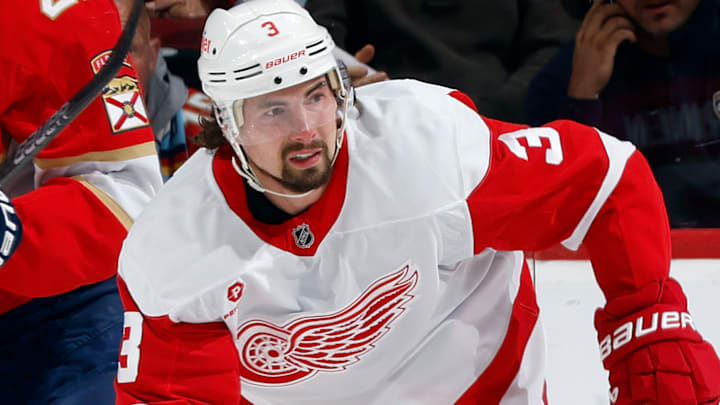The Detroit Red Wings face a difficult dilemma with defenseman Justin Holl. Entering the season, Holl is not projected to earn a place in the starting lineup, effectively relegating him to a depth role. At a $3.5 million cap hit, retaining him solely as injury insurance represents a costly inefficiency for a team striving to maximize roster and salary-cap flexibility.
The challenge, however, lies in market demand. Across the league, Holl does not profile as a high-value asset, limiting the natural avenues for a trade. Still, a potential solution exists: if Detroit is willing to attach an incentive — such as a mid-round draft pick, a prospect, or partial salary retention — another team might be persuaded to take on the contract.
In essence, moving Holl would require the Red Wings to weigh the short-term financial sacrifice against the long-term benefit of reallocating cap space toward areas of greater impact. It is less a matter of what Holl brings to the ice than how the opportunity cost of his contract affects Detroit’s broader roster construction.
What has to happen
Some argue that the Red Wings should simply absorb Holl’s contract for the remainder of the season. Yet such passivity would merely perpetuate a problem the organization can’t afford. Rather than resigning themselves to inefficiency, Detroit would be better served by pursuing creative trade solutions — particularly with franchises in the midst of a rebuild. The San Jose Sharks, now deep into an organizational reset, present one such opportunity.
A hypothetical framework might involve sending Holl and a 2027 third-round pick to San Jose in exchange for veteran forward Ryan Reaves. At 38 years old, Reaves is no longer a high-minute player, but his acquisition would come at modest cost: he carries only one year remaining on a three-year, $4.05 million contract (with a manageable $1.35 million AAV). While the Sharks only recently acquired him, the inclusion of a draft pick could provide sufficient incentive to facilitate a transaction.
For Detroit, the logic extends beyond cap considerations. Over the past several seasons, the Red Wings have often been criticized for lacking a physical edge. Reaves, even in the twilight of his career, remains among the league’s most imposing enforcers — a player who brings grit, protection for stars such as Dylan Larkin, Moritz Seider, and Lucas Raymond, and an ability to shift momentum through sheer physical presence.
Just as importantly, his reputation as a locker-room catalyst underscores the intangible value of his role: he fosters resilience, cohesion, and morale, qualities as vital in professional hockey as in any collective pursuit.
With the Red Wings poised to return to the postseason, the calculus shifts from mere participation to meaningful contention. Reaves’ style — designed to wear down opponents across a grueling series — aligns with the demands of playoff hockey. While this specific trade proposal may not ultimately come to fruition, it illustrates a realistic idea that could reap benefits for the organization.
